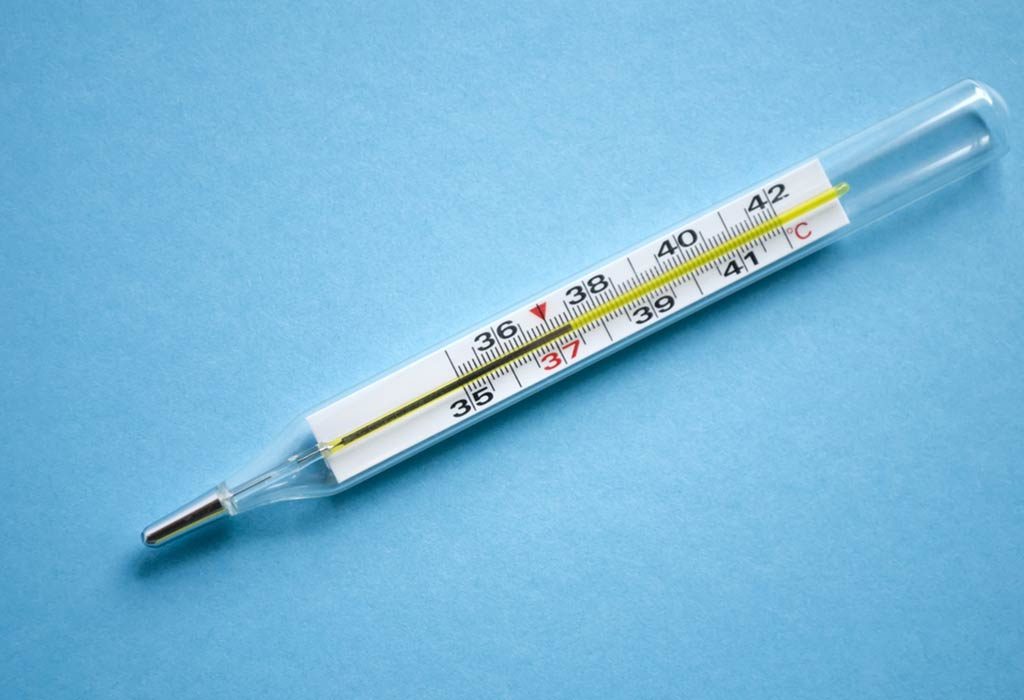

Mercury's axis has the smallest tilt of any of the Solar System's planets at about 1⁄ 30 degrees, while its orbital eccentricity is the largest of all known planets in the Solar System.Mercury has a radius of 2.439 km or 1516 mi, and a diameter of 4.879 km or 3.032 mi.For a comparison, Mercury’s size is about a third of Earth, and Earth has a density of 5.51 g/cm³.Despite being the smallest terrestrial planet from the Solar System, and in fact the smallest of all the planets, it is the second densest planet in the Solar System, with a density of 5.43 g/cm³.It orbits around the Sun with a speed of about 29 miles or 47 kilometers per second.This also makes one year on Mercury the equivalent of 88 Earth days, the shortest year of any planet. Despite its closeness to the Sun, it is not the hottest planet, that title belongs to Venus but Mercury is the fastest planet, completing a trip around the Sun in 88 Earth days.It takes sunlight 3.2 minutes to travel from the Sun to Mercury. Mercury is the closest planet to the Sun at a distance of 57.91 million kilometers / 35.98 miles or 0.4 AU away.Mercury was named after the Roman messenger god, because of its fast movements around the Sun.This paradoxically makes Mercury the closest planet to Earth, a plurality of the time. Venus spends most of its time away from Earth.In Venus’s case, it was also mistakenly believed to be two different things. In ancient times, Mercury was taught as being two different objects in the sky: The Mourning Star and The Evening Star.Galileo’s crude telescope didn’t manage to capture Mercury’s phases, this would be observed later by astronomer Giovanni Zupi in 1639, and thus he discovered that the planet had similar phases like Venus and the Moon.



However, it was first observed with the help of a telescope in early 17 th century, by Galileo Galilei. Since Mercury can be seen without the need of a telescope, many ancient civilizations saw the planet, and as such it is impossible to determine who discovered it first.Except for inhalation, only massive and continuous doses are toxic. Inorganic and MeHg are metabolized, with half life of about 70 days. Eating a lot of highly contaminated seafood can cause nervous system problems in a fetus and infants. Bacteria transform inorganic mercury into MeHg, which accumulates up the food chain. Popping a few balls of Hg from a thermometer into your mouth isn't a good idea, but it's not likely to hurt you. Even if mercury continues to be ingested, it will not cause insanity but it could cause kidney failure. Any basic environmental chemistry text will say about 7% stays in the body, while 93% is excreted. Ingesting liquid mercury is not very toxic. It goes straight to the brain and causes insanity. The most toxic is inhaling gaseous mercury. Mercury exists as a vapor (gaseous elemental Hg), as a liquid (elemental Hg), as a reactive species (Hg2+) and as organic methylmercury (MeHg). According to the Blacksmith Institute, a third of the mercury in the environment is due to artisanal gold mines. The more problematic and more toxic form of mercury, methylmercury, bioaccumulates, can have serious health consequences, especially for the young and unborn. So, I agree, when mercury is dropped or vaporizes, evacuate the building. Also, if it is heated, as in artisanal gold mining, the risks are high. But if you drop a bit, it could become atomized, and inhalation risks go up considerably. If you wash your hands after handling, risks are very low. The vapor pressure of mercury is so low at room temperature that there is very little risk of inhalation. Ingestion is a "normal" risk, similar to that of other toxic chemicals and cleaners, and it should not be eaten. The risk from elemental mercury is ingestion and inhalation. We all know better now, but I do need to chime in on the actual risks. I touched mercury back in the day, before it was regulated.


 0 kommentar(er)
0 kommentar(er)
